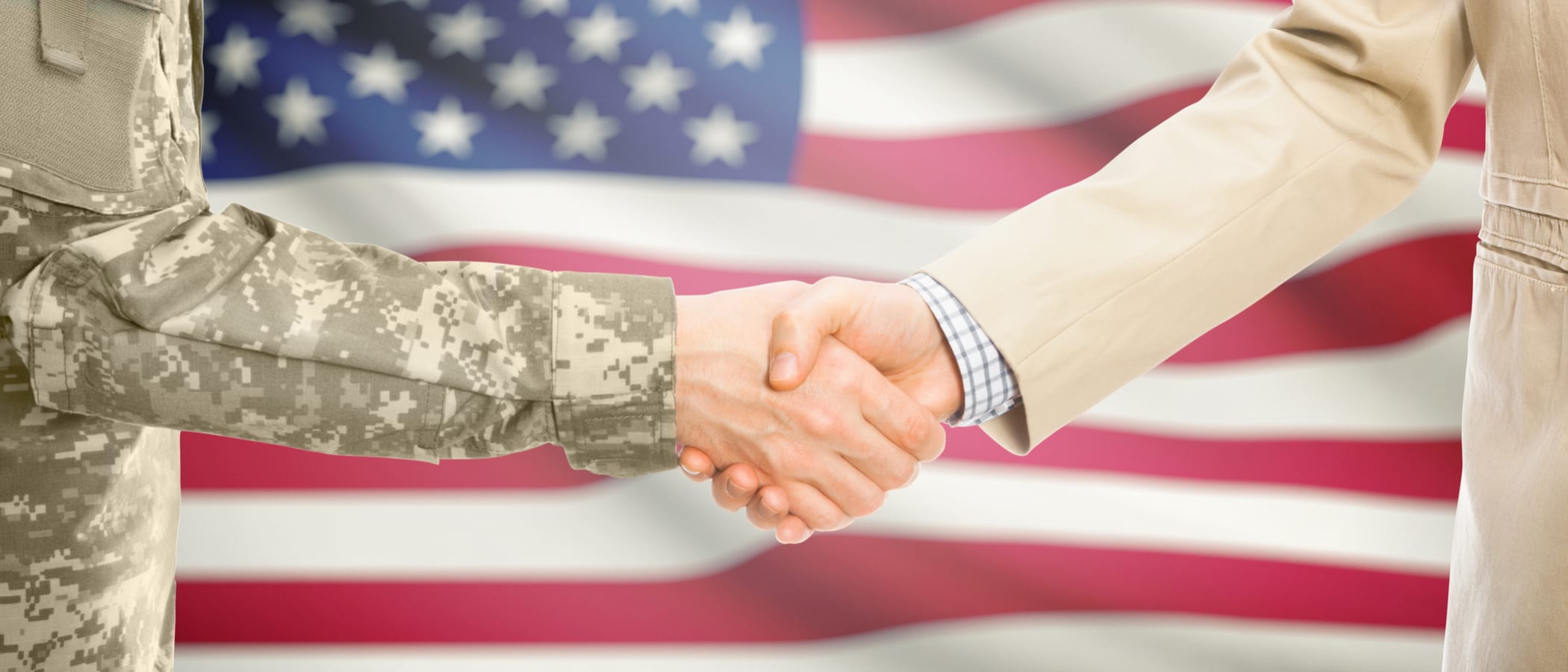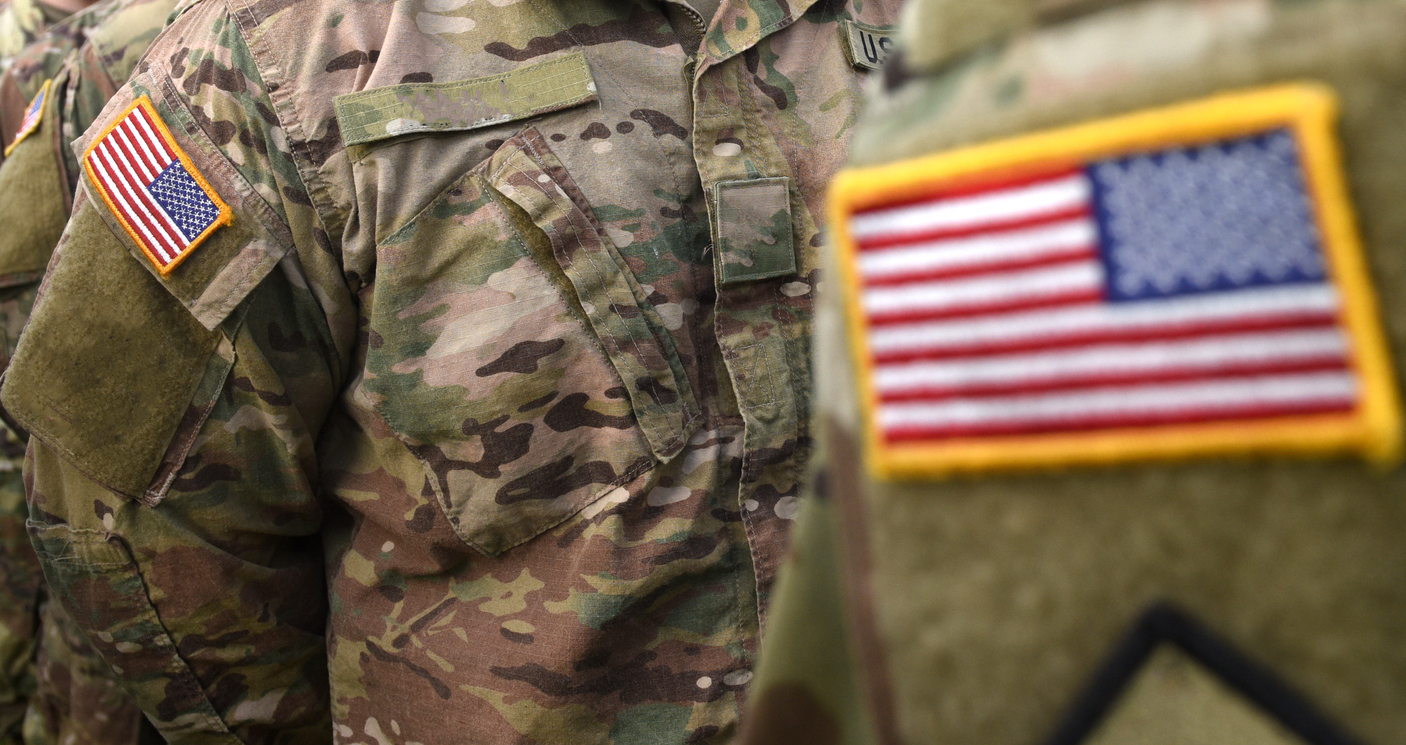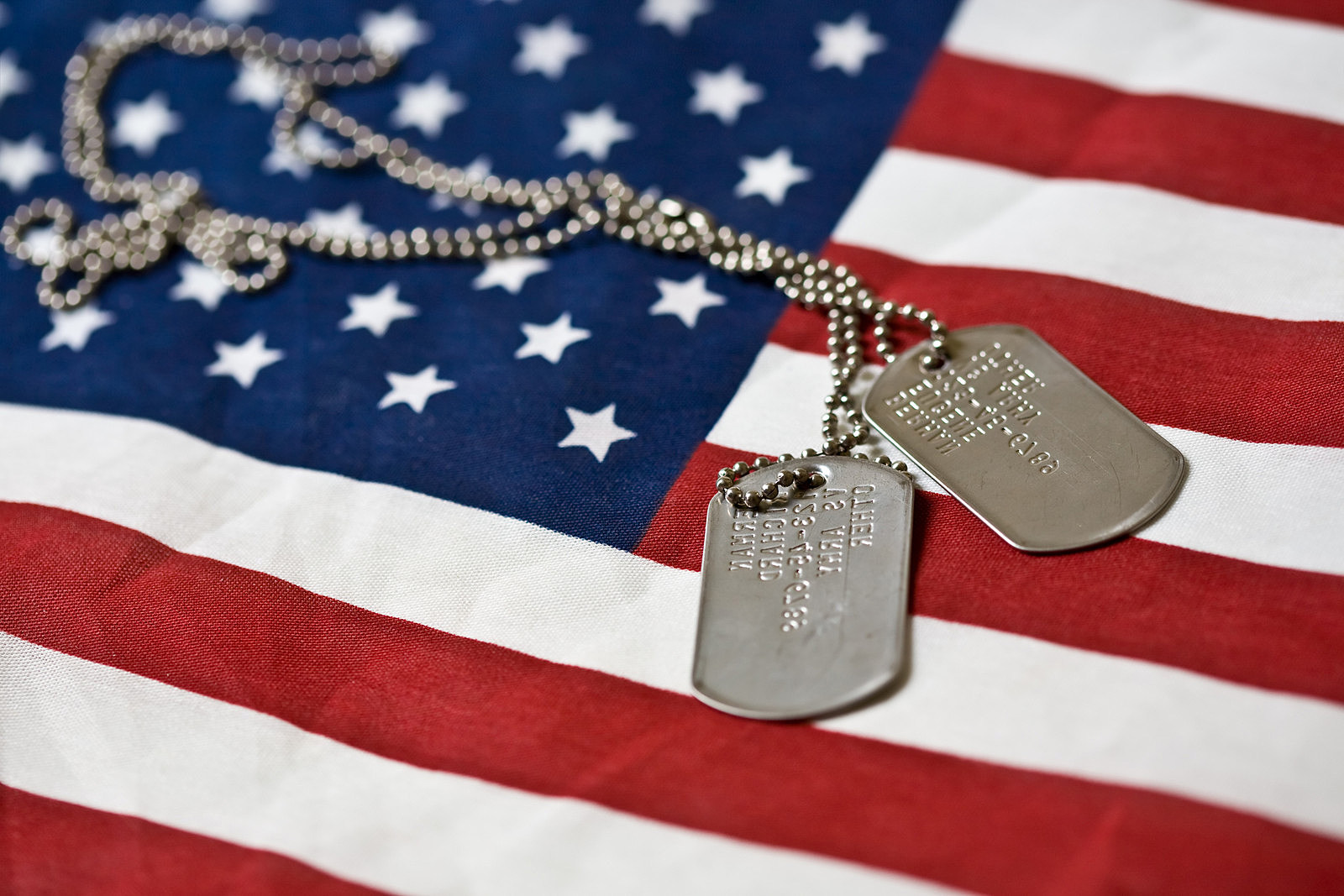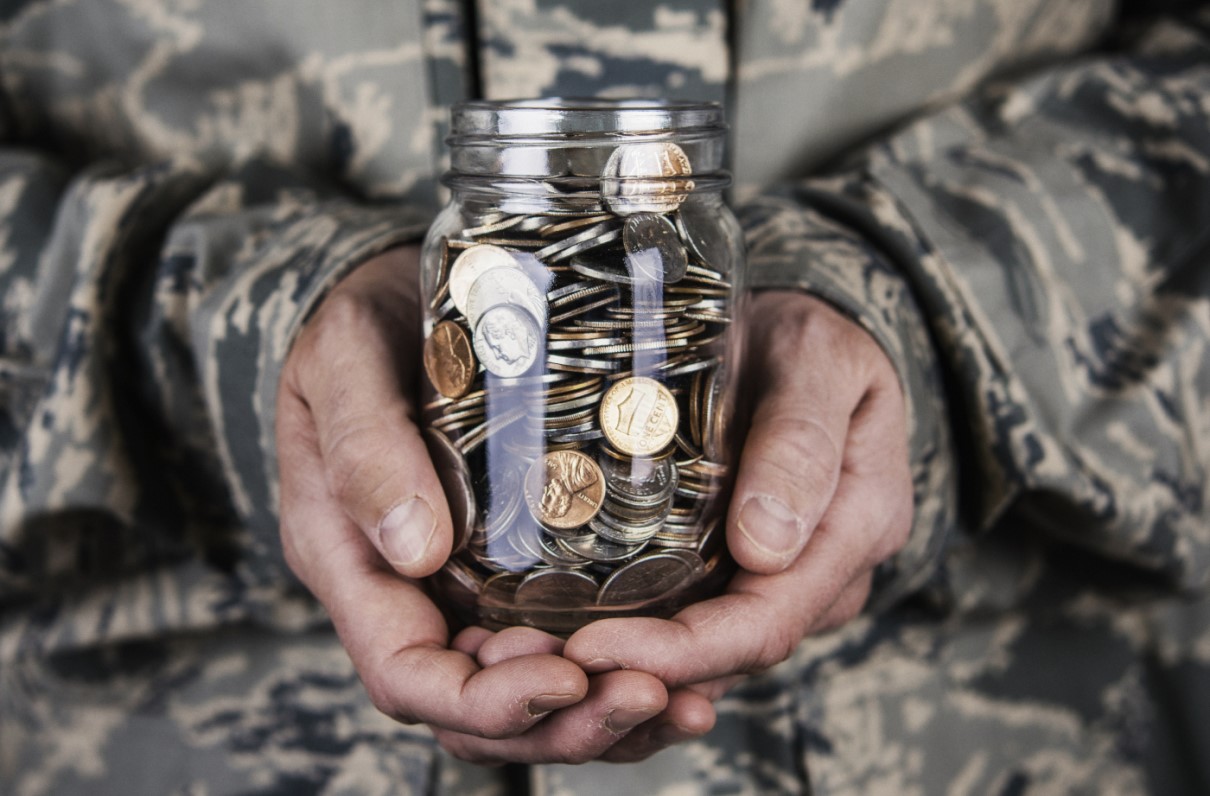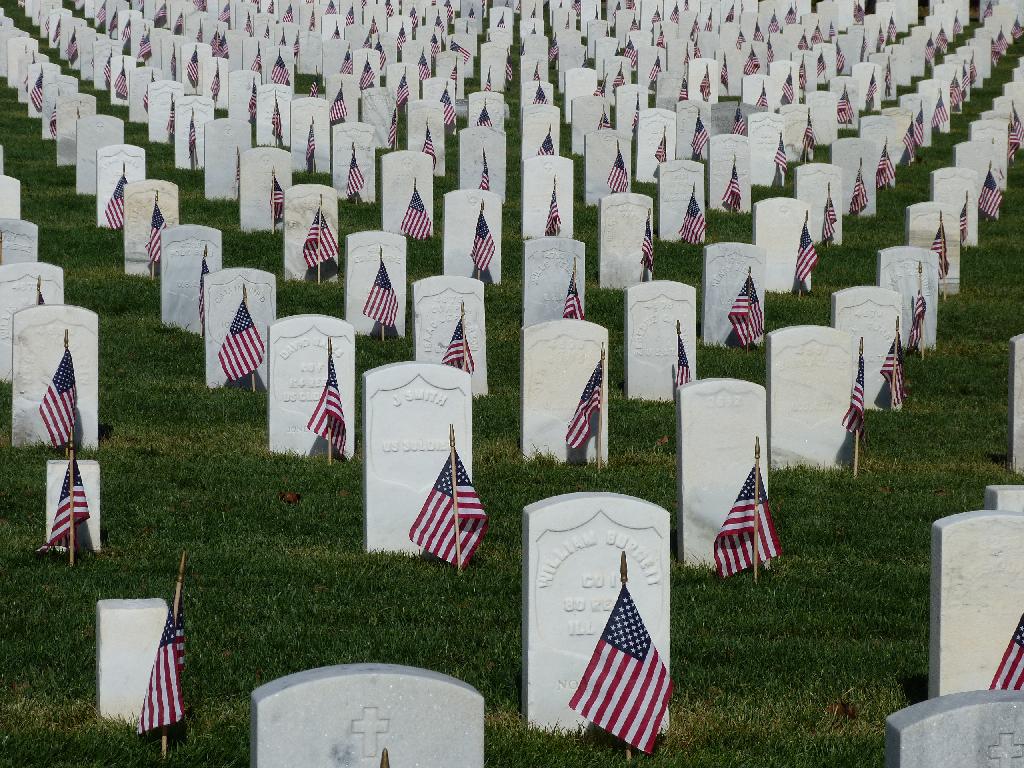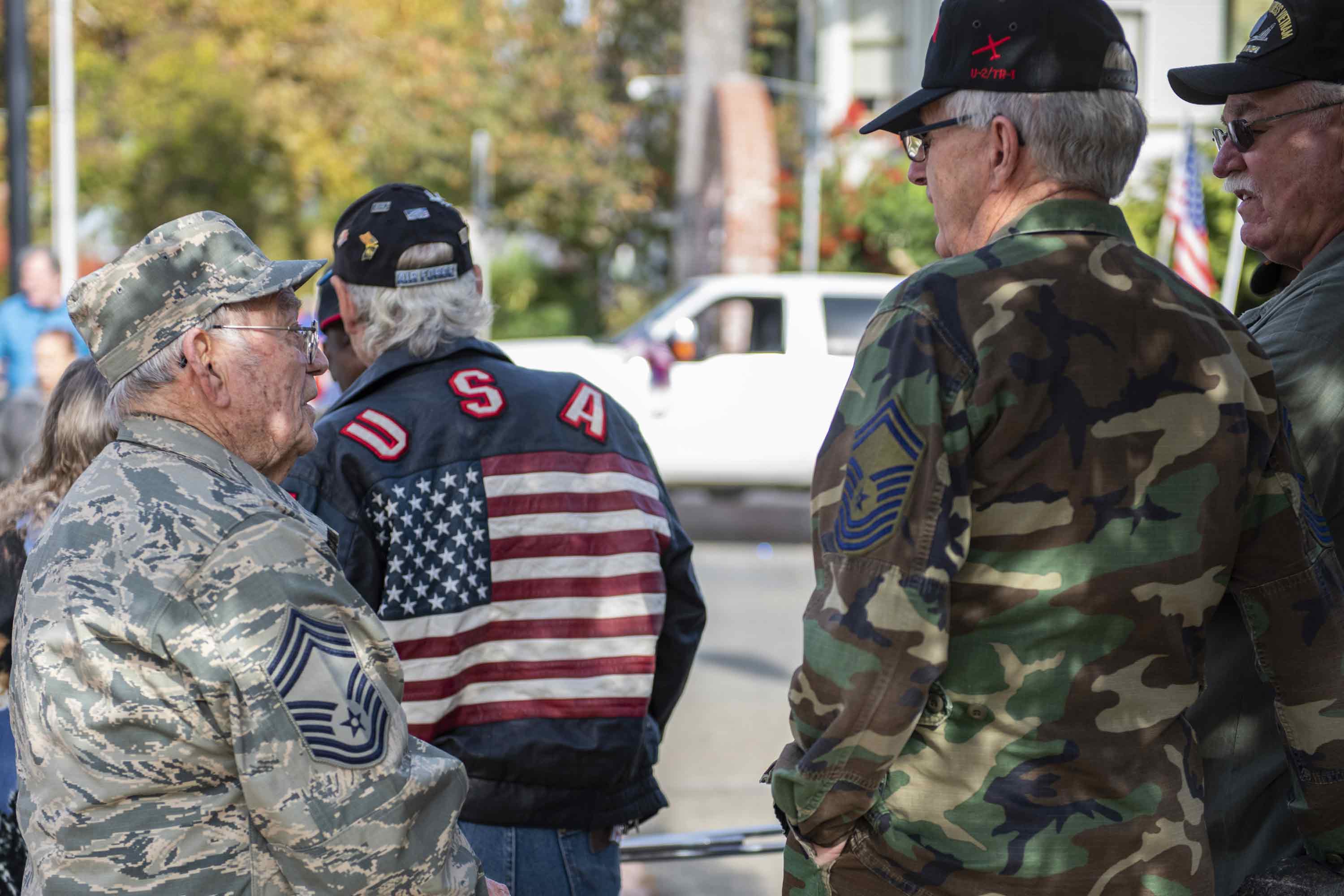
The 8 Keys to Veterans’ Success
The Department Of Defense and the Department of Veterans Affairs have long affirmed their commitment to military education for active duty, Guard, Reserve, and military dependents whether spouses or children. But the DoD and VA efforts are not without support from other government agencies such as the Department of Education (DoE). Did you know the…

